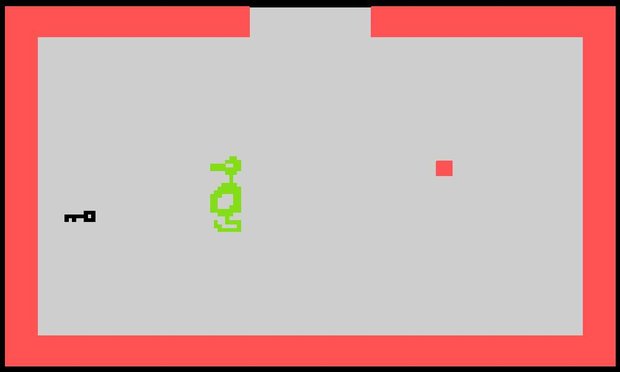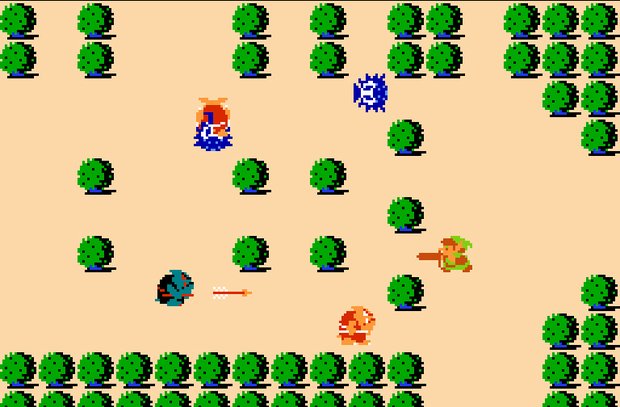Action Adventure: A lack of boundaries leads to lost focus
How a genre can move forward
Pixelated murder simulator. Superhuman stealth game. Open-world quest for retribution. Whimsical journey through the skies. These descriptions capture what makes our Action Adventure of the Year 2012 nominees so poignant and impressive--but none of their characterizations could ever be all-encompassing for an entire genre. To label the stellar assortment of today’s highly evolved gaming masterworks as a mere mash-up of “Action Adventure” is, to put it simply, inaccurate. Such a definition glosses over decades of progress in games.

What compels us to instinctually classify these games as such? The fact that we explore the world? The presence of items to collect and enemies to fight? The imaginative, grandiose scope of the environment and lore? Most every game does these things; to group them all together under one label is lunacy. It's not just a semantics issue, either. Games have evolved past the obsolete, single-note experiences of the early days.
During their most primitive beginnings, “Action” meant the reflex-based movement and button tapping in games like Space Invaders, while “Adventure” was defined by text-based expeditions as with Colossal Cave Adventure and Zork. The Atari 2600’s “Adventure” is cited as the first-ever Action Adventure game, marrying the compass-based exploration and inventory management of a text quest with the graphics, movement, and incoming threats of an action game. But many gamers think of Nintendo’s The Legend of Zelda as the quintessential Action Adventure game.

Immensely more advanced than the simple mazes, banal enemies, and single-pixel protagonist of Adventure, Link's first undertaking gave players a true sense of progression through an inhabited world. Gamers' mental pathways merged--a reaction to the intensity of attacking enemies and dodging attacks mixed with the uncertainty of exploring huge environments and interacting with memorable characters.
However, it didn't take long for the genre to turn into a mad jumble. Games like Super Metroid and Tomb Raider pushed the concepts of exploration and hand-eye coordination further. They introduced new elements to the established formula: things like the incremental gain of new abilities, challenging platforming segments, a dedication to hiding secrets throughout the game, and a more intimate perspective thanks to new camera angles. They improved on Zelda’s designs to a point where they weren’t recognizable as simple Action mixed with plain Adventure.

Landmark games are called such for a reason. Such is the case with The Legend of Zelda: Ocarina of Time, which further antiquated the term Action Adventure through the innovations it brought to the table. As a highly evolved version of the original, it's so much more than the action of slashing your Master Sword through skeletons, or the adventure of exploring a three-dimensional Hyrule. Such an oversimplification leaves out the “Eureka!” moments of solving a tough dungeon puzzle, the awe of galloping across open fields on Epona’s back, and the serene meditation of learning a new Ocarina melody. Calling these multifaceted quests Action Adventure games strips away so much of the allure that charmed entire generations of gamers.
Weekly digests, tales from the communities you love, and more
Lucas Sullivan is the former US Managing Editor of GamesRadar+. Lucas spent seven years working for GR, starting as an Associate Editor in 2012 before climbing the ranks. He left us in 2019 to pursue a career path on the other side of the fence, joining 2K Games as a Global Content Manager. Lucas doesn't get to write about games like Borderlands and Mafia anymore, but he does get to help make and market them.



